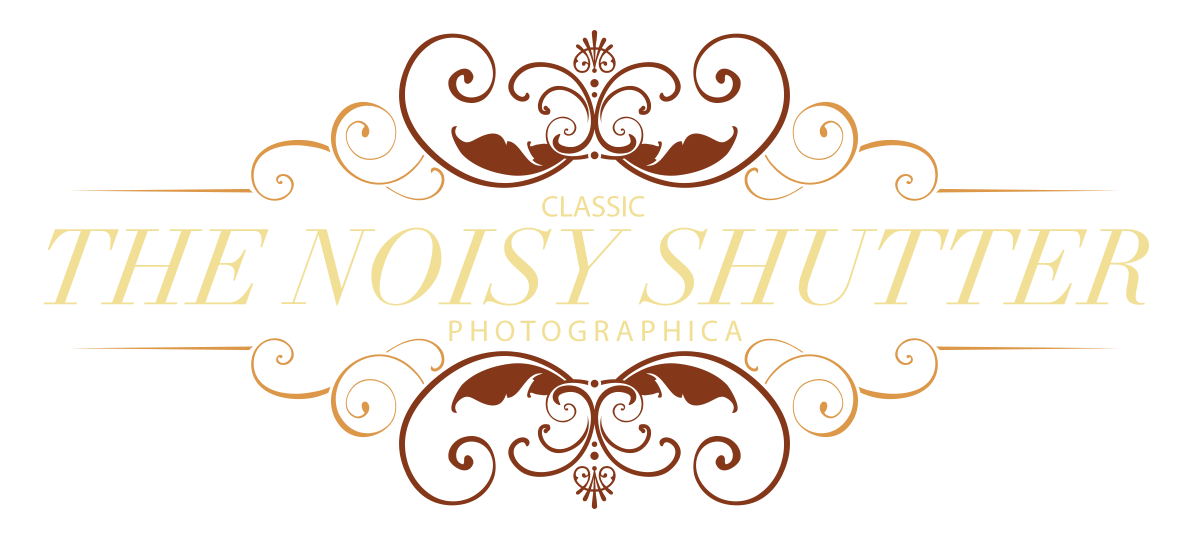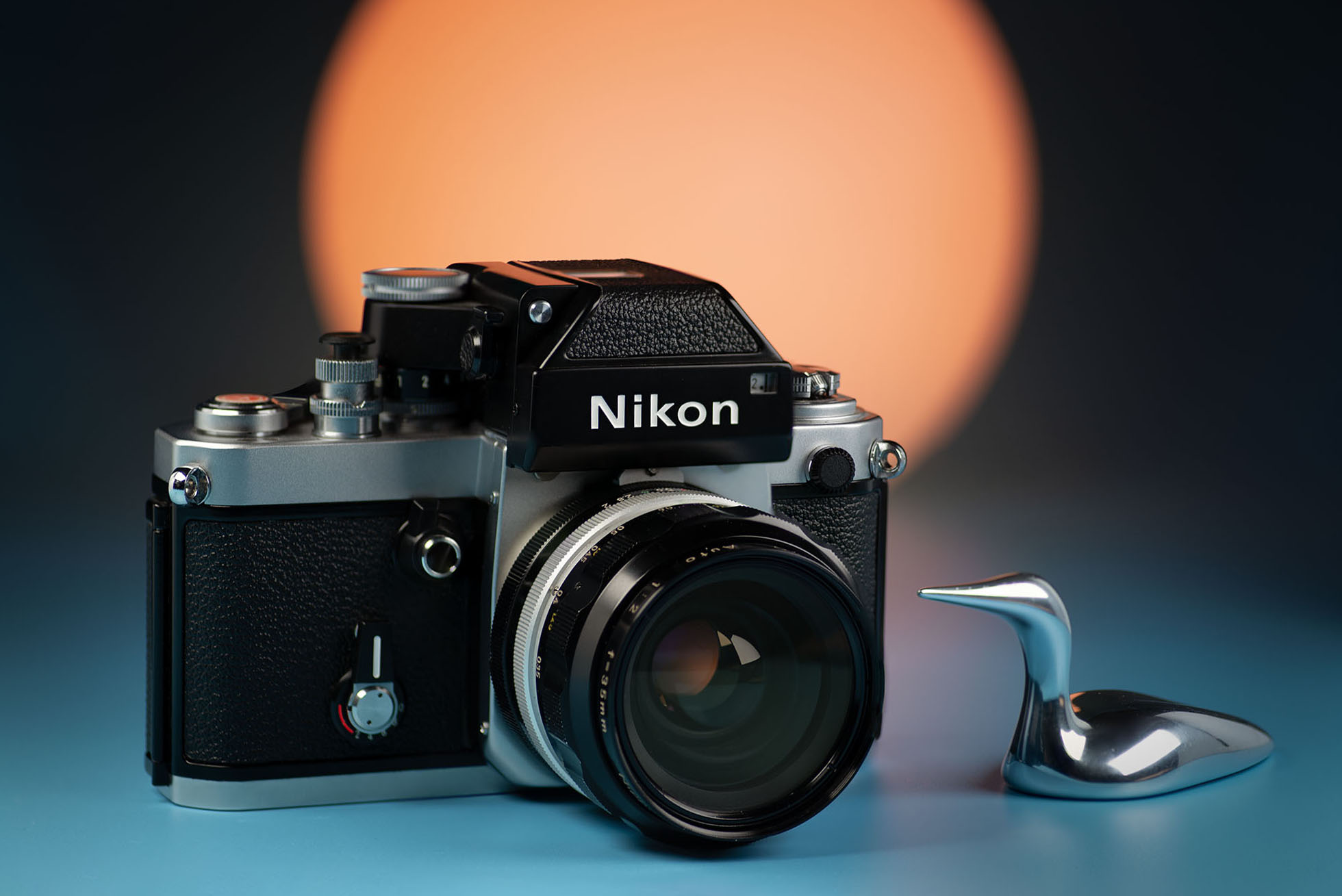A “complete” general-purpose camera bag (for me, anyway) is packed with a 24/28mm, 50mm, 100/105mm and a prime or zoom that reaches 200mm or so. Usually one of them is a macro or has a close-focus option. Lenses with a focal length of 35mm reside between the very wide (24mm) and the very normal (50mm) focal lengths. For some reason, I have never felt that their absence resulted in a handicap.
Perhaps that’s why my Nikkor lens lineup has lacked a 35mm up until recently. Despite not feeling the general need for one, I have wanted to try this lens due to its reputation and history. When that opportunity came along at a good price I snapped it up. It is an older lens, but the optical formula remained unchanged for five generations.
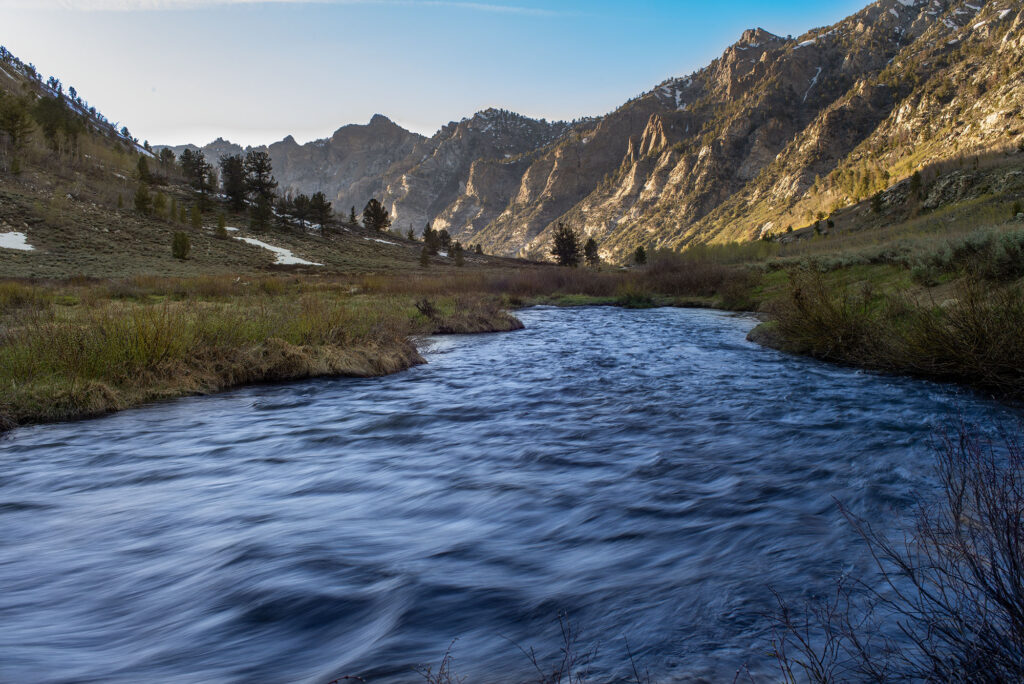
I harbor no discrimination against the older pre-Ai lenses, as I feel many are underrated and undervalued. I have several, and they perform beautifully. Nikon’s lens lineup matured like everybody else’s. Some lenses were stellar from the start and some needed to evolve. One area of evolution that improved across all the lenses was the coating technology. This resulted in improvements in handling lens flare and chromatic aberration, and this has value. Prices of the later lenses seem to reflect that.
Older lenses can be expected to exhibit these characteristics to some degree. That’s ok. I assume that you understand that as well, since you’re reading this. We enjoy making photos with vintage glass, for a wide variety of possible reasons. For me it’s a combination of nostalgic romance, vintage optical character, and the feel of old brass and glass.
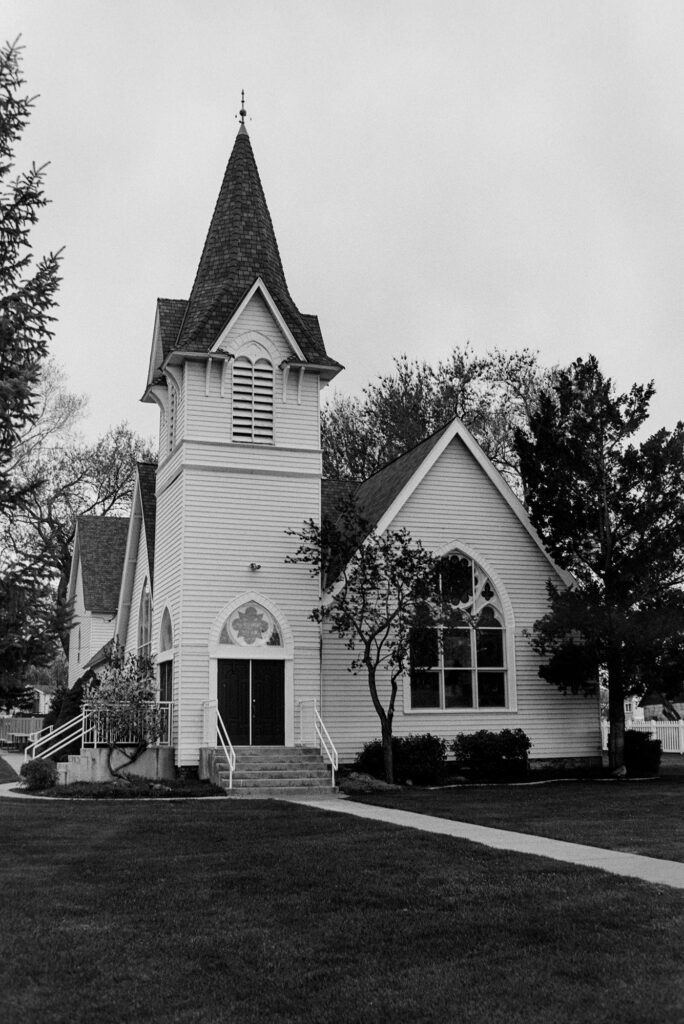
Some might be mystified by letter ”O” after Nikkor. Pre-Ai lenses often had a letter in the name designating the number of elements in the optical construction. “O” in this case stands for “Octa”, meaning eight elements. My Nikkor-P 105mm f2.5 has five elements, hence the “P” for penta. The Nikkor-Q 135mm f3.5 has four elements, hence the “Q” for quadra. My Nikkor-S 50mm f1.4 has seven elements, hence the “S” for septa. When the letter “C” appears after the element code, this refers to the lenses being coated.

Most of my pre-Ai lenses are converted to allow them to work on later film and digital cameras. If I can find a factory kit, I use that. Many of the popular aperture ring replacement kits are long since gone, so the alternative is to modify the existing aperture ring in such a way that it communicates the aperture to the body. I paid for the first conversion and did the rest myself after deciding that I had the tools and ability. No regrets. I love having the compatibility spanning everything from my Nikon Fs through my DSLR.

35mm lenses may sit between the extreme wide-angle lenses and the more pedestrian “nifty fifty”, but they have carved out their own niche rather nicely. They are popular among those who shoot street scenes, architecture, landscapes and group portraits. Photojournalists favored them. Many compacts and point-and-shoots feature 35mm lenses. Perhaps the 35mm lens was considered a good compromise between wide and normal, in the absence of a zoom function.
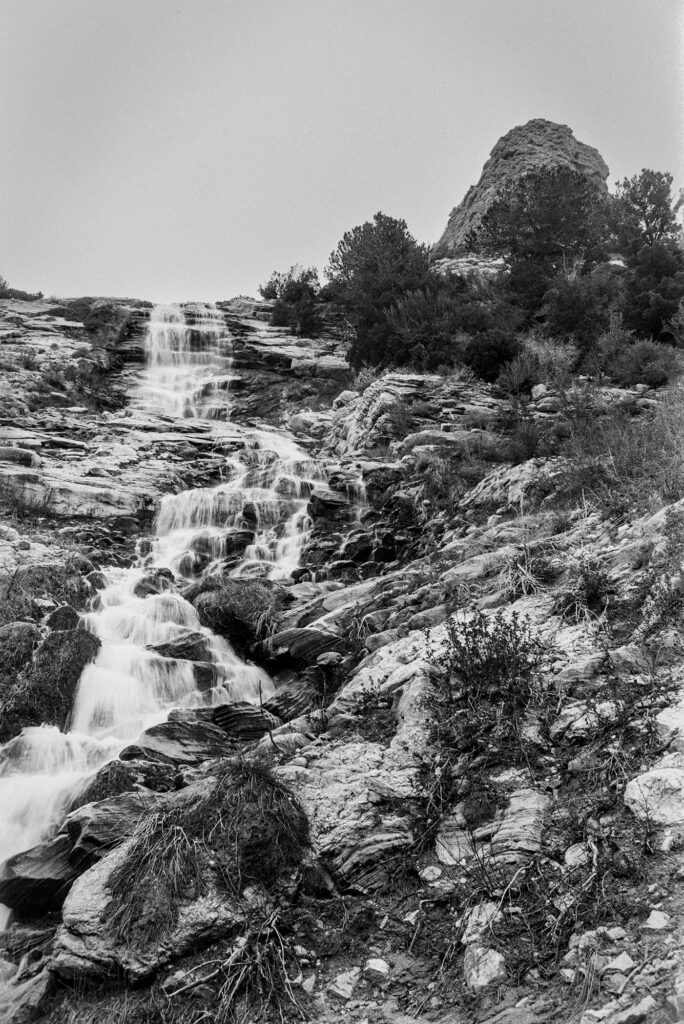
Using the Nikkor-O 35mm f2 is a satisfying experience. It lacks nothing in build quality or image quality. Fit and finish are pure Nikon, as it is built to very high standards with tight tolerances. Focus and aperture rings move smoothly. Everything is right where it needs to be, and I enjoy every minute behind it.
Vintage optics have a vintage appeal, and this lens has that vintage character. Inherent contrast seems to be lower than modern offerings. This isn’t surprising. Colors are natural and smooth. Admittedly, flare is better controlled these days with modern coatings, any shortcomings are only noticeable in certain lighting.

This lens has a little of the vintage glow (spherical aberration) and some color fringing (chromatic aberration) in very high contrast areas when shot wide open at f2. It’s gone by f2.8. There is some slight barrel distortion. Unsurprisingly, the sharpest images will come from the middle apertures. I’m happy to report that images taken at f16 show very little diffraction. For those wanting a lot of depth of field while maintaining equal image quality, this is good news.
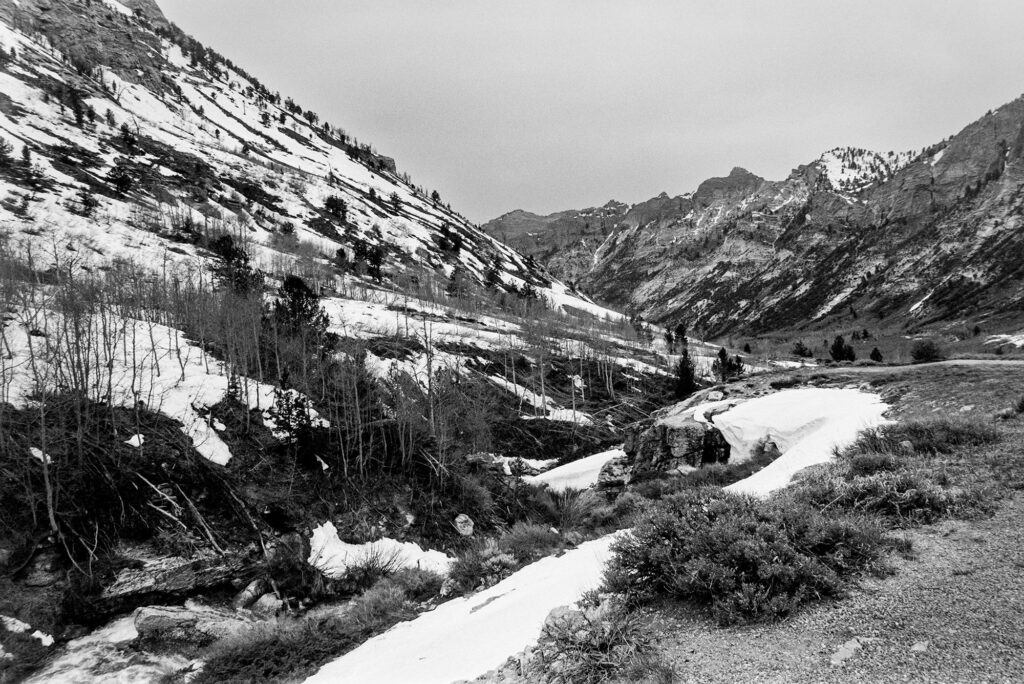
Characteristics technically considered imperfections are easily handled in digital post-production, where most images these days end up. People like me simply call it “character” and enjoy it for what it is. If I need clinical precision, perfect lines, tack sharp corners wide open and zero detectable aberrations, there are better ways to achieve that. I just want to go out and make pictures with a beautiful old lens.
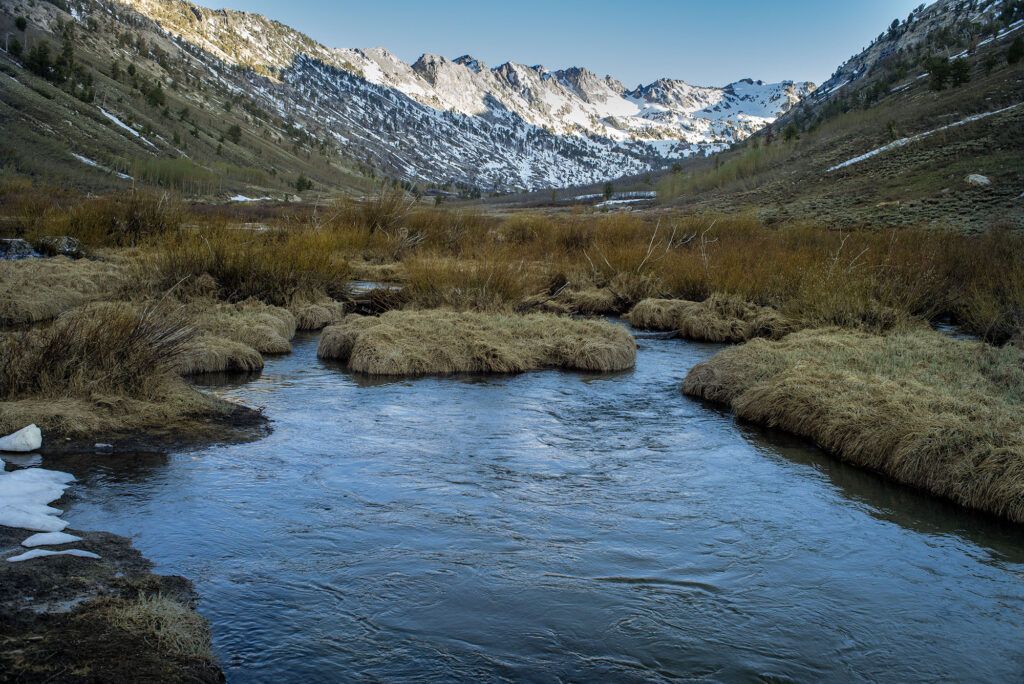
Nikkor’s old 35/2 balances character with capability, style with strength, and holds aesthetic appeal inside and out. It was built to last generations, and has lived up to its designers’ intent. Fashion photographers, war correspondents and casual holiday snappers found it robust and capable. Later iterations improved and evolved into the amazing selection of 35mm lenses we have today. There is a certain satisfaction and nostalgic romance in using the original. Maybe that’s just me, but I’m happy being me.
Specs:
Designation: Nikkor-O 35mm f2.0
Introduced: 1965
Mount: Nikon F
Weight: 10oz (280g)
Optical Formula: 8 elements in 6 groups
Aperture: Automatic, 7 blades, straight
Aperture Range: f2-f16, whole stops
Minimum Focal Distance 1ft (0.3m)
Filter Diameter: 52mm
Hood: HN-3 metal hood, screw-on
